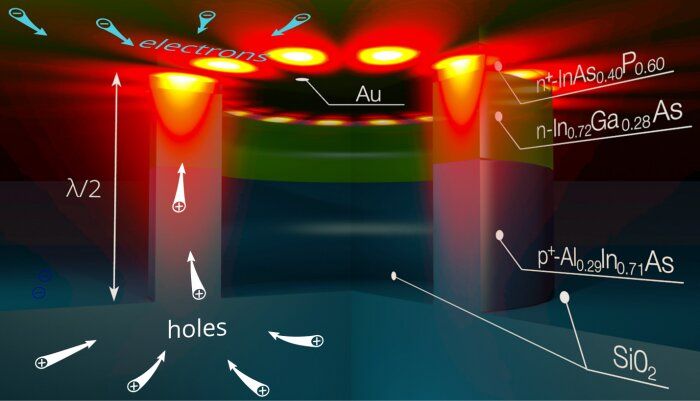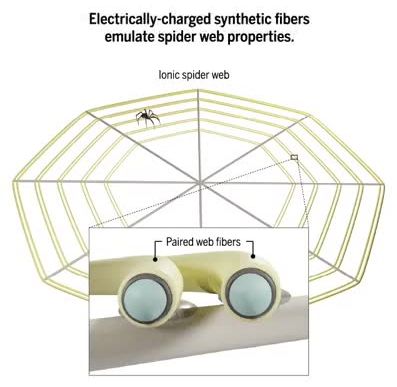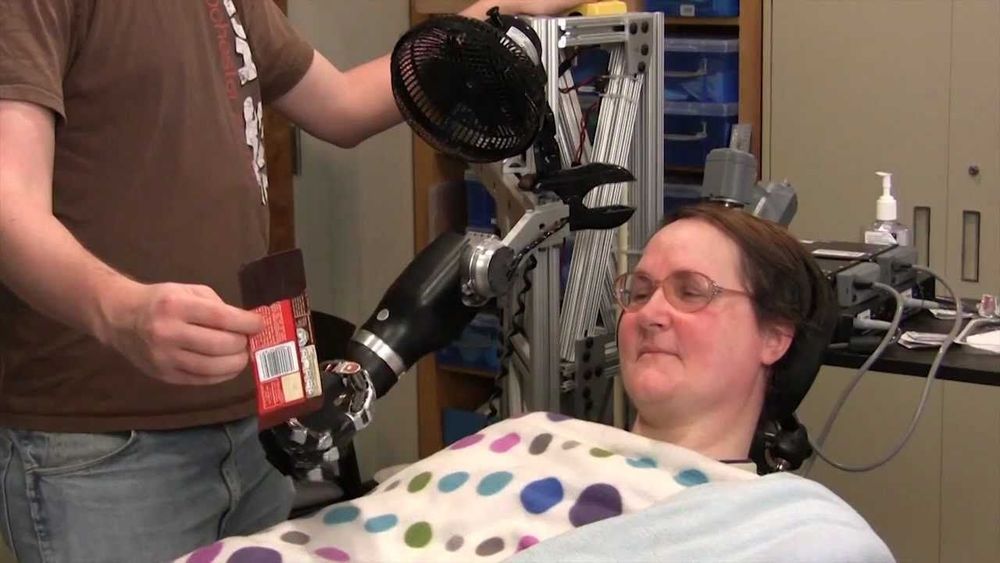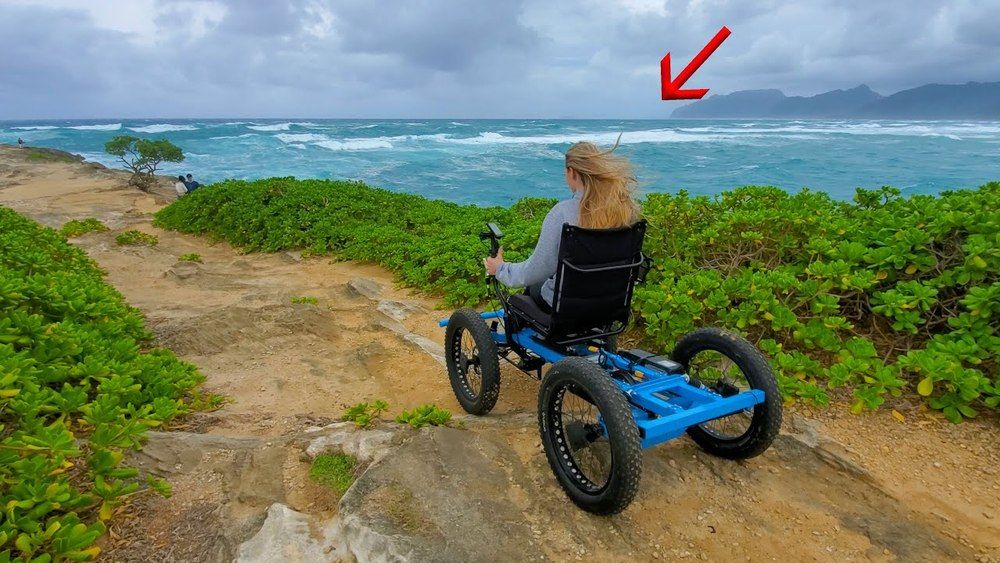Sep 17, 2020
Space Travel Reality Show Set To Send Contestant To ISS In Works From Space Hero Company & Propagate
Posted by Genevieve Klien in category: space travel
EXCLUSIVE: Following the success of SpaceX’s Crew Dragon mission, which marked the return of the U.S.’ capability for manned flights and the first private company to get people into orbit, a reality series wants to send a civilian into space.
Space Hero Inc., a U.S.-based production company founded by Thomas Reemer and Deborah Sass and led by former News Corp Europe chief Marty Pompadur, has secured a seat on a 2023 mission to the International Space Station. It will go to a contestant chosen through an unscripted show titled Space Hero. Produced by Ben Silverman and Howard Owens’ Propagate, the series will launch a global search for everyday people from any background who share a deep love for space exploration. They will be vying for the biggest prize ever awarded on TV.


















